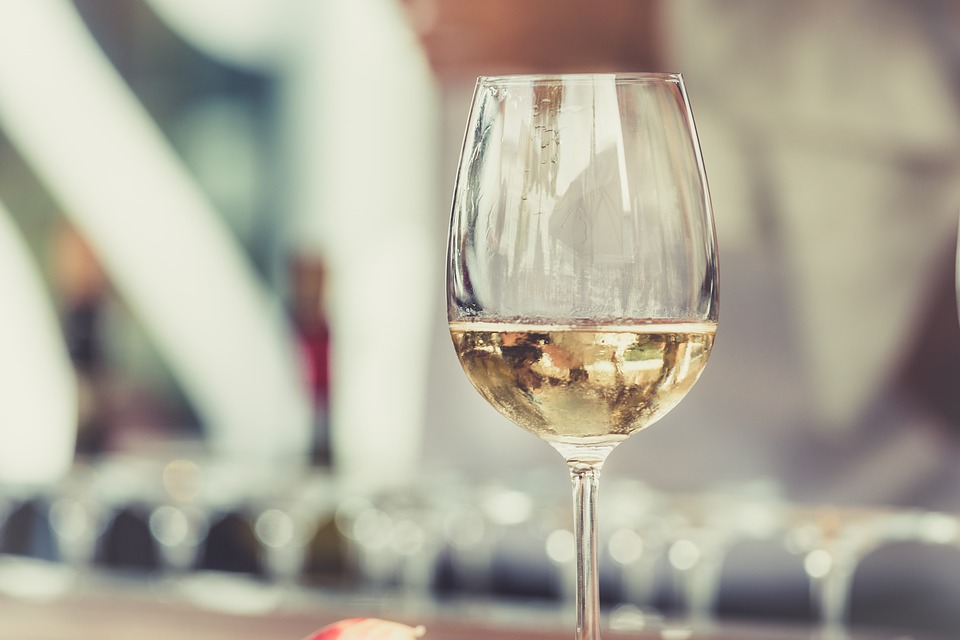White wine is made by fermenting grape must using more delicate processes than those for red wine. There are various technologies for processing wine materials, as well as thousands of grape varieties. Therefore, the choice is very wide, satisfying any taste requirements. The editors of the site "bestx.htgetrid.com/en/" have prepared a rating of the best dry white wines for 2020. Advice on which drinks to buy or which company is better are symbolic, as the personal preferences of each customer are too strong. The TOP may not reflect all the diversity, but it will highlight areas for sampling.
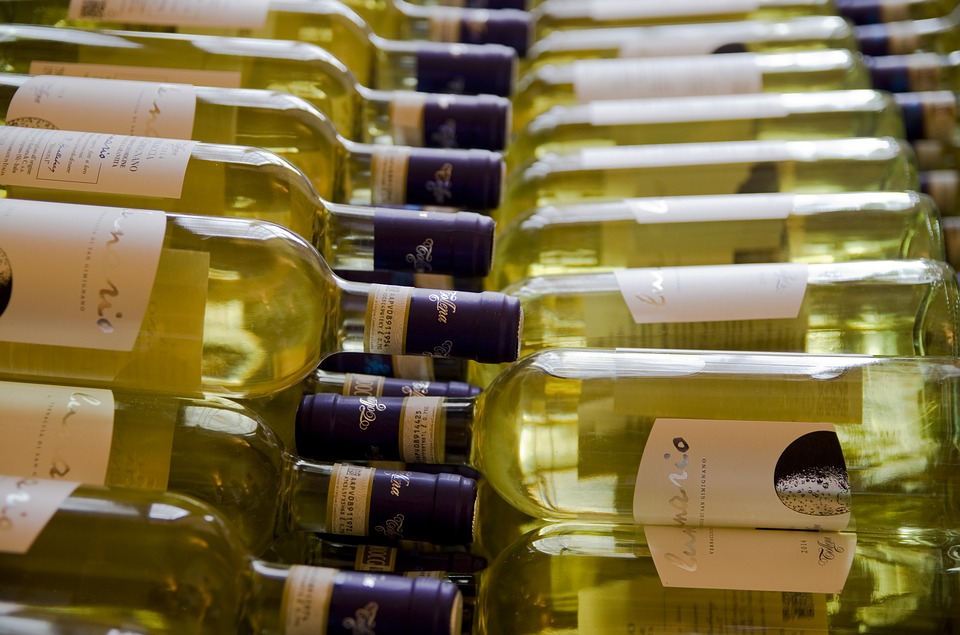
Content
What does dry white wine mean?
White wine has existed for millennia, it is a product obtained by fermentation with alcohol must from white grapes or red grapes without skin.
The variety of white wines is due to three factors: the large number of grape varieties, vinification methods and the amount of residual sugar present in the wine.
What are the varieties of white grapes: some are well known, such as Chardonnay, Sauvignon or Riesling; but there are many rare ones that grow in a small area. For example, in Portugal alone there are 268 “own” species.
The most common white wine is dry. Its characteristics are: clear yellow, aromatic and relatively sour. It is obtained by complete fermentation of the wort, which consists in the conversion of all sugars into alcohol. Instead, for the production of sweet, semi-sweet or liqueur wines, the technique of stopping fermentation is used until all the sugars are converted to alcohol.
White dry wine is more difficult to make, because the balance of the drink depends only on two parameters: acidity and alcohol. Greater precision is required in wort extraction and fermentation processes.
Typically, white species do not age and are made for young consumption. However, among the elite specimens, aged in oak barrels prevail.
In dry white wines, it is easy to detect the slightest flaws, hidden in other types of high concentration of sugar, alcohol, intense aroma, coloring agents. Therefore, they are more difficult to counterfeit.
Compared to other wines, the use of dry whites is wider, production is greater, dry whites are used as an aperitif or refreshing drink between meals, to accompany meals and desserts. It is also widely used in cooking for food preparation. For example, due to acidity, it degreases meat dishes.
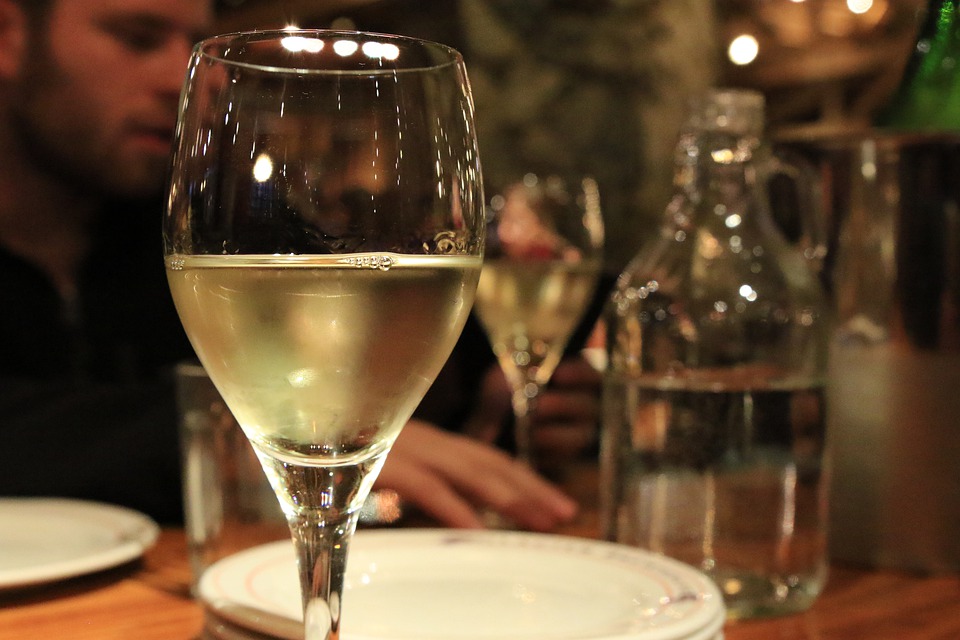
Effect on the human body
White wine is less beneficial than red wine because it contains fewer polyphenols due to the short maceration.
Contains alcohol expressed in degrees or percentages. Scientific studies have shown that daily consumption in small doses does not harm the liver and also has a beneficial effect on the heart.
Experts recommend a couple of glasses a day for men and one for women.
Sulfur dioxide supplements, often used in wine, are not hazardous at an acceptable low level, but asthmatics fear the side effects because exposure to the lungs of this gas can trigger an asthma attack. This reaction is rare. Research is being conducted to test whether adverse symptoms are caused by other molecules present in wine than this additive.
Dry white wine is an acidic drink with a pH ranging from 2.9 to 3.6. This aggressive acidity destroys tooth enamel.
Washing the face with dry white wine diluted with water helps to balance the oily skin and give elasticity to the epidermis, and, thanks to its antibacterial properties, removes acne.
White wine has fewer calories than red wine. More effective on a diet.
Virtually sugar free. The sugar level by Russian standards is less than 4 grams per liter. The norm in European countries is up to 9 grams. Therefore, dry European wines on the Russian-language label can be called semi-dry.
How to choose
The most important thing to pay attention to is the country of origin and composition.
Seeing the sugar and alcohol content on the label cannot tell you exactly what the drink will taste like. Many characteristics affect perception: acidity, aroma, serving temperature, food and even a glass of a certain shape.
It is a mistake to think that all dry white wines taste strongly sour. Many varieties of white grapes, naturally sweet. Wine acidity and sweet taste are different parameters. Also, mistakes when choosing relate to the purchase of white wine only for fish dishes.
This means that the selection criteria are deeply individual. Therefore, which wine is the best, it is preferable to decide on the purpose for which it is bought:
- At a feast to please the majority of guests;
- As a gift;
- To a certain type of food;
- Try a special collector's item;
- It is profitable to invest.
Best dry white wines for 2020
Inexpensive (up to 500 rubles)
Massandra Kokur

The Crimean climatic conditions create a situation in which the white grape Kokur is distinguished by strong growth, juicy fruit pulp, a special aroma characteristic only of this variety, high productivity, low susceptibility to diseases and pests. The wine material is suitable for making different wines. The dry type of wine turns out to be golden, floral-honey and light refreshing. Strength 13%. Average price: 312 rubles.
Advantages:
- Versatility, suitable for everything except "heavy" meat dishes;
- Moderation of acidity, aroma, taste;
- Enjoy a chilled or slightly warmed drink.
Disadvantages:
- Not detected.
Principato Pinot Grigio delle Venezie IGT, 2017

Pinot Grigio is rarely the basis for sweet or dessert Italian wines. Most often, dry varieties with high acidity are obtained with aromas of lemon, lime, green apple and flowers. The collection time strongly affects the organoleptic characteristics. Harvested early in an effort to maintain a fresh sourness. And also from such fruits a more transparent golden color of the drink is obtained. To preserve freshness, fermentation and storage are carried out by Italian winemakers in stainless steel tanks. When barrels are used, sweet aromas emerge, distracting attention from the pure, simple style, and increasing costs. Alcohol content 12%. How much: 480 rubles.
Advantages:
- Everyday drink to accompany meals and prepare meals;
- Early harvest is easy to distinguish; the lighter the color, the better the product.
Disadvantages:
- Not detected.
Mariposa Torrontes 2016

The Torrontes vine is cultivated throughout Argentina and the area of coverage is constantly increasing as the demand for Argentinean dry wine increases. The material for the wine is high quality, organic. Fresh aromatic drinks with moderate acidity with fruit aromas are obtained. Apple, lime, grapefruit and other fruit notes are clearly felt. Appearance: straw yellow with greenish reflections.Ideal with seafood, fish, and therefore appreciated by vegetarians. Although, according to buyers, it also forms an interesting combination with white meat. Strength 13%. Cost: 399 rubles.
Advantages:
- Excellent quality for the budget price segment;
- Bitterness (for those who prefer);
- Strong fragrance, long-lasting spicy aftertaste.
Disadvantages:
- Not detected.
The Treasure of Tiflis Tsinandali

Georgian brands are traditionally popular with Russians. The name Tsinandali arose in honor of the village and territory of the same name in the Katekhin Valley, where production is concentrated. It is made from the fruits of Rkatsiteli and Mtsvane, which are naturally sweet. It is brought to a strength of 12%, until golden in color. The taste is intense, even. The bouquet is "oak" with citrus notes. Recommended pairing: with grilled meat and vegetables. Sold at a price: 379 rubles.
Advantages:
- Natural composition, minimum of sugars;
- Aged in barrels;
- An inexpensive option for outdoor meat picnics;
- Full harmonious taste, pleasant aftertaste.
Disadvantages:
- Not detected.
Real Forte white dry

Portuguese winemaking has a huge bonus, most of the rare grape varieties are grown only there. If the whole world began to cultivate Sauvignon Blanc and Chardonnay, then it is impossible to grow Arinta and Roupeira, which are part of Real Forte wine, in another country. Therefore, Portuguese drinks have unique organoleptic characteristics. They stand out for their fruitiness, slight sourness, intense aroma. Alcohol content 13.5%. Average price: 368 rubles.
Advantages:
- Rare grape varieties;
- Lemon color and refreshing taste;
- For every day and for a festive meal;
- Suitable for seafood and fish.
Disadvantages:
- Not detected.
Wines of the middle price category (from 500 to 1,000 rubles)
Weinbauer Grüner Veltliner

Gruner Veltriner is Austria's signature grape. The wine is light "in body", intense in aroma. Austrian production follows strict standards, it is impossible to find a poorly made Gruner product. Always a very light yellow tint. White fruit notes are clearly visible, apple dominates. The taste is delicate, light, fresh. It is recommended to consume young drinks, after a maximum of two years of bottling. It is best combined with meat pates, white fish, shellfish, goat cheese. Alcohol content 12.5%. Average price: 600 rubles.
Advantages:
- Guaranteed quality;
- Balanced taste;
- Neutral mild aftertaste;
- Nice structure.
Disadvantages:
- Not detected.
Pirineos Blanco Somontano

French and Spanish Gewurztraminers are distinguished by a bright aroma of fruits, roses and nutmeg. Most often, such wines are made with residual sugar, or sweet. But there are also dry varieties, to which other grape varieties are sometimes added. So, the composition of Pirineos Blanco Somontano includes Chardonnay, Sauvignon Blanc, Gewurztraminer. The drink seems sweeter than it actually is due to the nutmeg note. Suitable for seafood, vegetable salads. Customer reviews show that no food is also well accepted. Alcohol content 13.5%. Average price: 966 rubles.
Advantages:
- Minimum acidity, although the sugar content is low;
- Can be drunk unaccompanied;
- The elegance of color, taste, aroma, bottle design;
- Gift idea for a woman.
Disadvantages:
- Not detected.
Maison Vin Caroline Bay Sauvignon Blanc

Sauvignon originates from France, but gradually acquired the status of an international variety. It is grown everywhere, in every climate it acquires its own characteristics. One of the most successful experiments is the New Zealand species. The wine smells of a rare combination of herbs and tropical fruits, and the so-called "cat" tone, with the obligatory presence of bitterness in the aftertaste. Strength 13%. How much does a bottle cost: 880 rubles.
Advantages:
- New Zealand wines - novelties in the world of winemaking, do not have a century-old history;
- Rich structured taste;
- Complex style, long aftertaste;
- Combinations are possible with all dishes without exception.
Disadvantages:
- Not detected.
Savalan Viognier Dry

Azerbaijani winemaking has its own connoisseurs, since products are not produced in bulk, each wine is exclusive. Savalan Viognier Dry is made from the Viognier variety, which was considered endangered, and is now experiencing a rebirth, has begun to be cultivated in many countries. Its acidity is not high. Therefore, it is often included in blends with other varieties. But there is also a pure composition, like the manufacturer Savalan. The best large fruits are harvested and sorted by hand, aged in steel vats for ten days. The result is golden, harmonious, floral-tropical, 13.5% ABV. Combines with spicy spicy cuisine, fish, white meat. Price: 747 rubles.
Advantages:
- Hand harvesting;
- Natural composition;
- Suitable for every day and for a noble feast.
Disadvantages:
- Not detected.
Lefkadia Likuria Sauvignon Blanc-Mtsvane, 2017

Russian vineyards are limited in terms of climatic features, but the best producers, despite this, produce decent products. Since 2006, Lefkadia has been growing 23 varieties of ecologically pure grapes in the Krasnodar Territory. Some of the work is done manually. The modern gravitational technique of winemaking is used. A laboratory has been set up to control soils and wines. The grape mix from Sauvignon Blanc and Mtsvane attracts with a fragrant aroma, a beautiful straw color, and a long aftertaste. Strength 13%. It goes well with Asian cuisine, any fish, fresh and smoked, herbs, soft cheeses. Cost: 975 rubles.
Advantages:
- Natural composition;
- Combination of manual and modern techniques;
- Fruit-floral notes, pleasant acidity.
Disadvantages:
- Not detected.
Elite drinks
Olivier Leflaive Puligny-Montrachet 2016

In Puligny-Montrachet, since 1635, the Loughlive family has perpetuated the tradition of the great Burgundy wines by offering one of the noblest Chardonnay displays in the world. Nowadays, classic viticulture has turned into organic. The manufacturer cares about nature and environmental safety, and focuses on this. The bouquet reveals intense aromas of citrus fruits, spices and light toasted notes accompanied by a pleasant minerality. How much is such a splendor: 15,790 rubles. Strength 13%. It manifests itself most fully with grilled fish, veal, cheeses.
Advantages:
- Natural in composition;
- Aged in oak barrels;
- Noble in appearance, taste and color;
- Balanced sugar and acidity content.
Disadvantages:
- Not detected.
Chateau Pape Clement Blanc 2013

Another French masterpiece from the competitive wine region is Bordeaux. Multi-grape composition: 48% Semillon, 46% Sauvignon blanc, 5% Sauvignon gris, 1% Muscadel. The manufacturer practices hand picking, slow pressure to preserve aromas, vinification in oak barrels, while 15% of the wine is fermented in a new generation cement vat. The aroma is expressive, saturated with fruity notes of citrus, apples, honeysuckle, acacia, as well as vanilla and toasted nuts. Suitable for seafood and pork. Despite the fact that the wine is dry white, it is recommended to open the bottle one hour before drinking. Strength 13%. It is sold at a price of 24,990 rubles.
Advantages:
- Manual collection;
- Aging "in oak";
- Innovative technologies combined with tradition;
- Intense golden color;
- Long fresh aftertaste.
Disadvantages:
- Not detected.
La Scolca Gavi dei Gavi (Etichetta Nera)
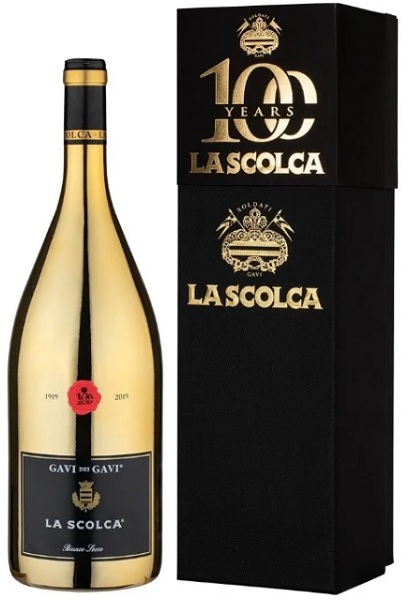
The prestigious "Gavi dei Gavi" is obtained through respect for nature, following the ancient traditional rules of cultivation, pruning and harvesting with careful selection in the vineyards of Piedmont (Italy), which reach the age of sixty. Leaves in contact with live yeast before bottling. The result is good in the first years, and does not lose its properties over time. Straw color with rare green highlights, strong, continuous aroma, from fruity to floral, depending on the storage time. Almond and nut aftertaste. Alcohol content 12%. Average price for one and a half liters: 11,490 rubles. For a volume of 0.75 - about 6 thousand.
Advantages:
- The bouquet is intense, persistent, long;
- Gift wrap;
- Two volumes, standard and one and a half liters.
Disadvantages:
- Not detected.
J.B. Becker Riesling Eltviller Rheinberg Spatlese Trocken Rheingau 1998

Riesling, Germany's favorite grape. Once ridiculed, used only for cheap wines, it has now increased its value in the world of winemaking. Has become a favorite due to its compatibility with a wide range of products, including spicy dishes. The boom in popularity of Asian cuisine is believed to have influenced the popularity of Riesling. There are six categories of Riesling, this drink from Spatlese, the more mature and sweet type. According to buyers, the result is sour and bitter, not for everybody. The bouquet is difficult to perceive, but by the end of the feast it begins to be perceived much better. Alcohol content 12%. Average price: 7789 rubles.
Advantages:
- Versatility, matches all flavors, from sweet to savory;
- Light alcoholic aftertaste, high acidity, bitterness;
- Suitable for those who like to drink wine after meals, facilitates the digestion of "heavy" dishes.
Disadvantages:
- Not detected.
Penfolds Penfolds Yattarna Chardonnay

Australian Chardonnay is the result of one of the world's largest wine projects. The Penfolds winemakers wanted to create a great white wine that would set the standard. Experts believe that we succeeded. Made from the largest grapes from Tasmania. Aged for eight months in oak barrels. During the tasting, the intensity of the bouquet of white stone fruits, peaches and nectarines is felt. Woody notes are strong. Most expensive fees: 2016 and 2012 The bottle costs 32,990 rubles.
Advantages:
- Aged;
- Acid-balanced;
- Persistent aftertaste.
Disadvantages:
- Not detected.
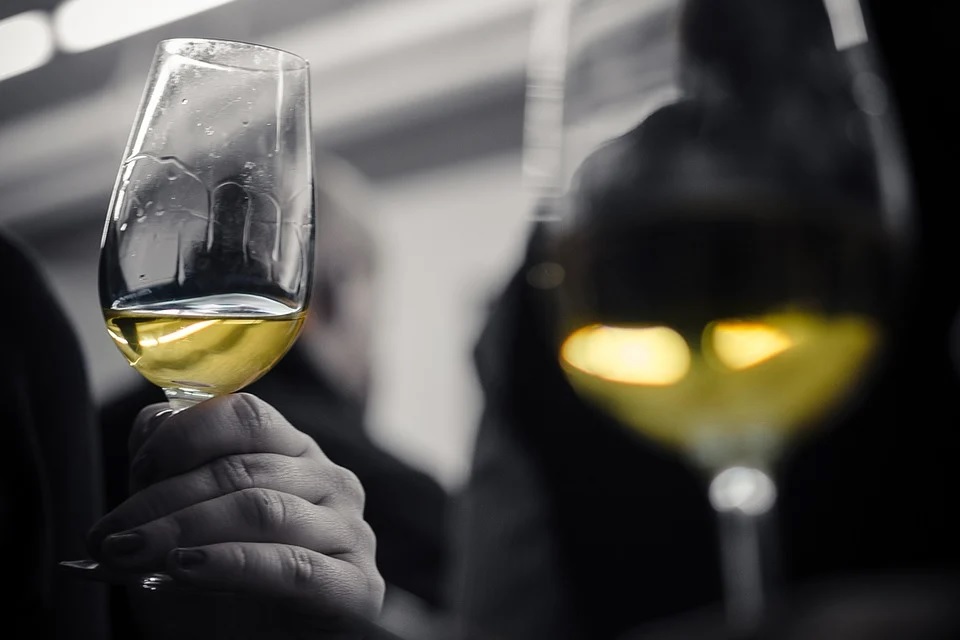
Conclusion
This is not an exhaustive collection or a strict rule. Rather a referral to gain experience. A theoretical description of wine is a thankless task, a glass with a drink in hand will say much more in a second. A wine lover, trying, each time discovers a new perception, develops taste, evolves in addictions.

